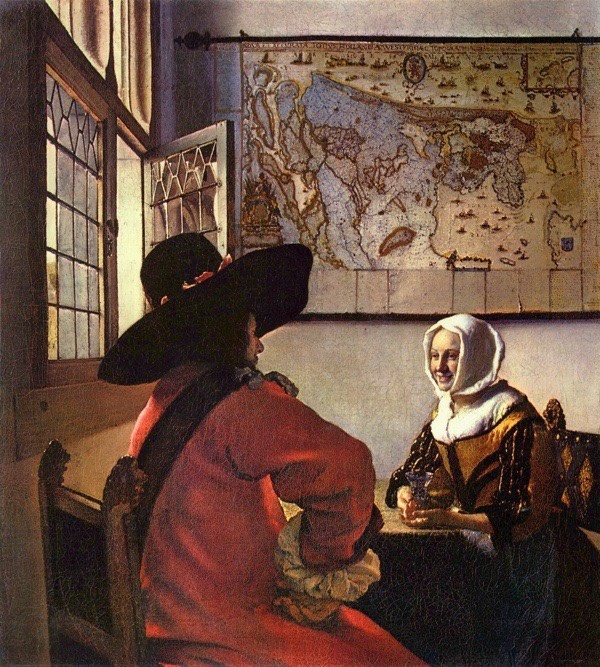by Timothy Brook
I got this book because I’m starting to zero in on the seventeenth century as a crucial moment in the history of rationalism. We all know that it led to the eighteenth century and the Enlightenment, when rationalism suddenly swept over Western civilization. But what caused the Enlightenment? One common answer has been “Isaac Newton”. Remember Pope’s ditty about Newton?
“Nature and Nature’s secrets lay hid in night; God said, ‘Let Newton be!’, and all was light!”
But few historians really accept so simplistic a view. Another answer, more popular, is that the horrors of the Thirty Years War so shocked Europeans that they shrank from religious fervor and sought refuge in secularism. I don’t buy this answer, either. In the first place, the divide between faith and secularism is not mirrored by the divide between irrationalism and rationalism. In the second place, the Thirty Years War had its greatest impact in Germany, with lesser impacts on Spain, France, Austria-Hungary, and Sweden. But the Enlightenment was spawned, or at least led, by people in the British Isles (including Newton).
This book is subtitled “The Seventeenth Century and the dawn of the global world”. It’s about the eruption of Europeans out of their continent and all over the globe. Much of it is about trade, and especially trade with China. Don’t forget that, in the seventeenth century, China was still the most technologically advanced civilization with the largest economy in the world. But Europe roared past China so quickly that by the nineteenth century, China was a backwater. I am confident that Western superiority was due to its embrace of rationalism. But again, why did Europe suddenly get so rational? I sought answers in this book, and found a few.
Mr. Brook uses Vermeer’s paintings as inspirations for his stories. His second chapter, for example, is about the hat worn by the officer in Vermeer’s painting, “Officer and Laughing Girl”:

Mr. Brook notes the large hat worn by the officer in the painting. It turns out that such hats were an important part of seventeenth century costume, because they were very useful for people who had to go about their daily business in the rain. The big surprise for me is that I finally learned what the term “beaver hat” really means. I had always thought that it referred to a particular shape of hat, but instead, it means something entirely different. You see, hats with large brims were typically made out of stiffened felt, which didn’t last long in the rain. But beaver fur, it seems, has a unique property in that its hairs lock together in a scheme vaguely analogous to the way that bird feathers lock together. If you use enough beaver fur in the felting process, you can get a wide brim that retains its shape even under harsh conditions. Beavers were quickly hunted out of existence in Western Europe, so Europeans turned to Russia to meet the demand (this demand, by the way, is what set Russian trappers heading deeper and deeper into Siberia, and ultimately led to the Russian conquest of that huge area). But the Russian supply could not meet the insatiable Western demand, so Europeans turned towards America, where much the same thing happened: the high price of beaver fur drove Westerners deeper and deeper into the continent, establishing trading relationships with Indian tribes (and periodically wiping them out with smallpox and other infectious diseases against which they had no resistance). All of this for hats!
Thus Mr. Brooks ambles through some of Vermeer’s paintings (as well as one from a different, and much less talented painter), using each one to illustrate some point about how life in Delft, which Vermeer himself never strayed far from, was profoundly affected by developments all over the world. China in particular was exerting a strong influence. Chinese porcelain was much superior to anything made in Europe, and was brought back in huge quantities. It was so popular that many attempts were made to reproduce it domestically, but European efforts just couldn’t match the Chinese work. That’s one reason why porcelain table service is called “china”. But it wasn’t just the superior quality of the Chinese porcelain that attracted buyers. Europeans were genuinely fascinated by distant, exotic lands and snarfed up anything from China. By contrast, the Chinese of the same time period were completely uninterested in the outside world. Was this due to exalted sense of self-importance, or a simple lack of curiosity? I’ll be investigating the Chinese failure in the future, but for now, this book demonstrates just how insular they were -- a cultural flaw that led to that great civilization falling into shadow for 200 years.
